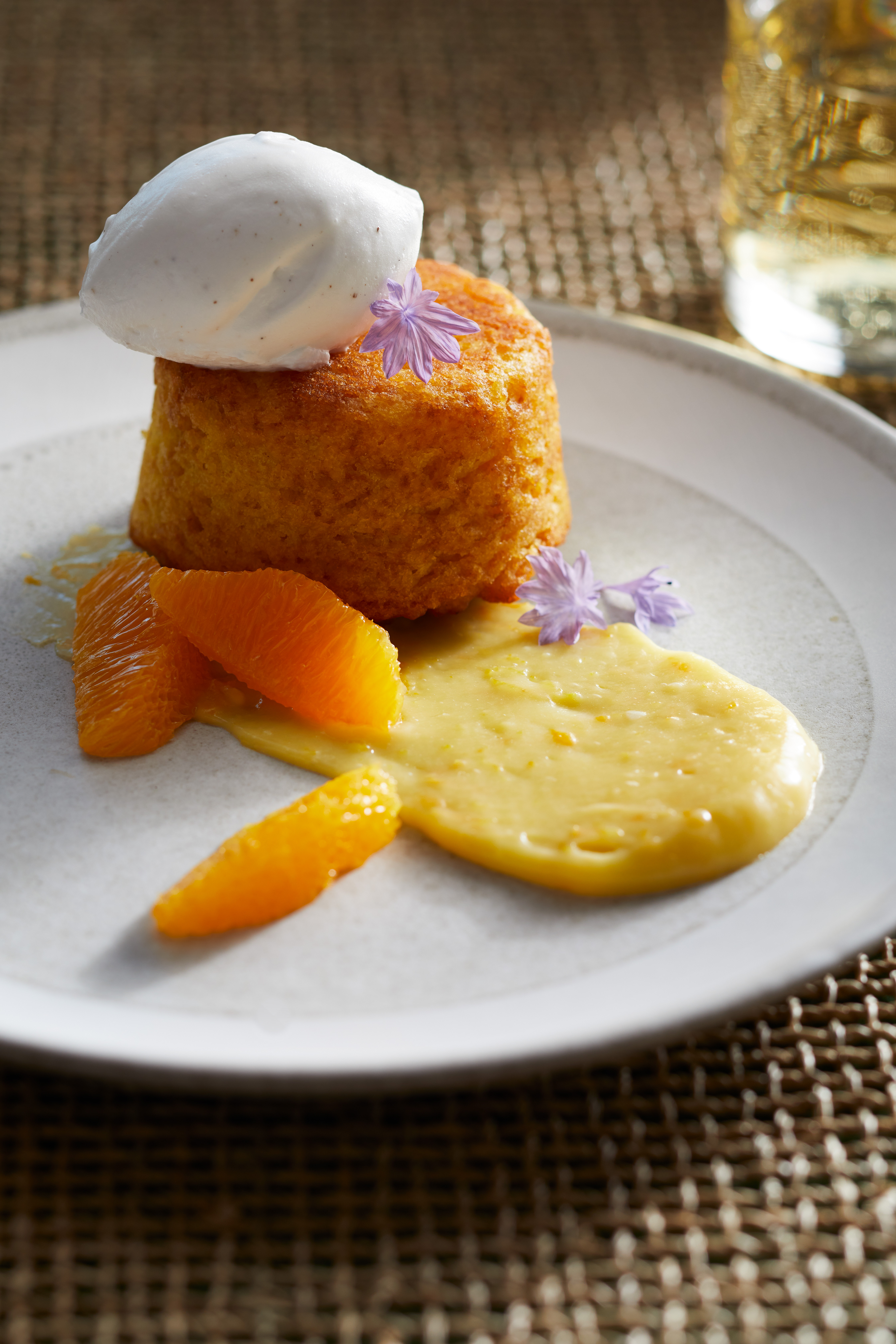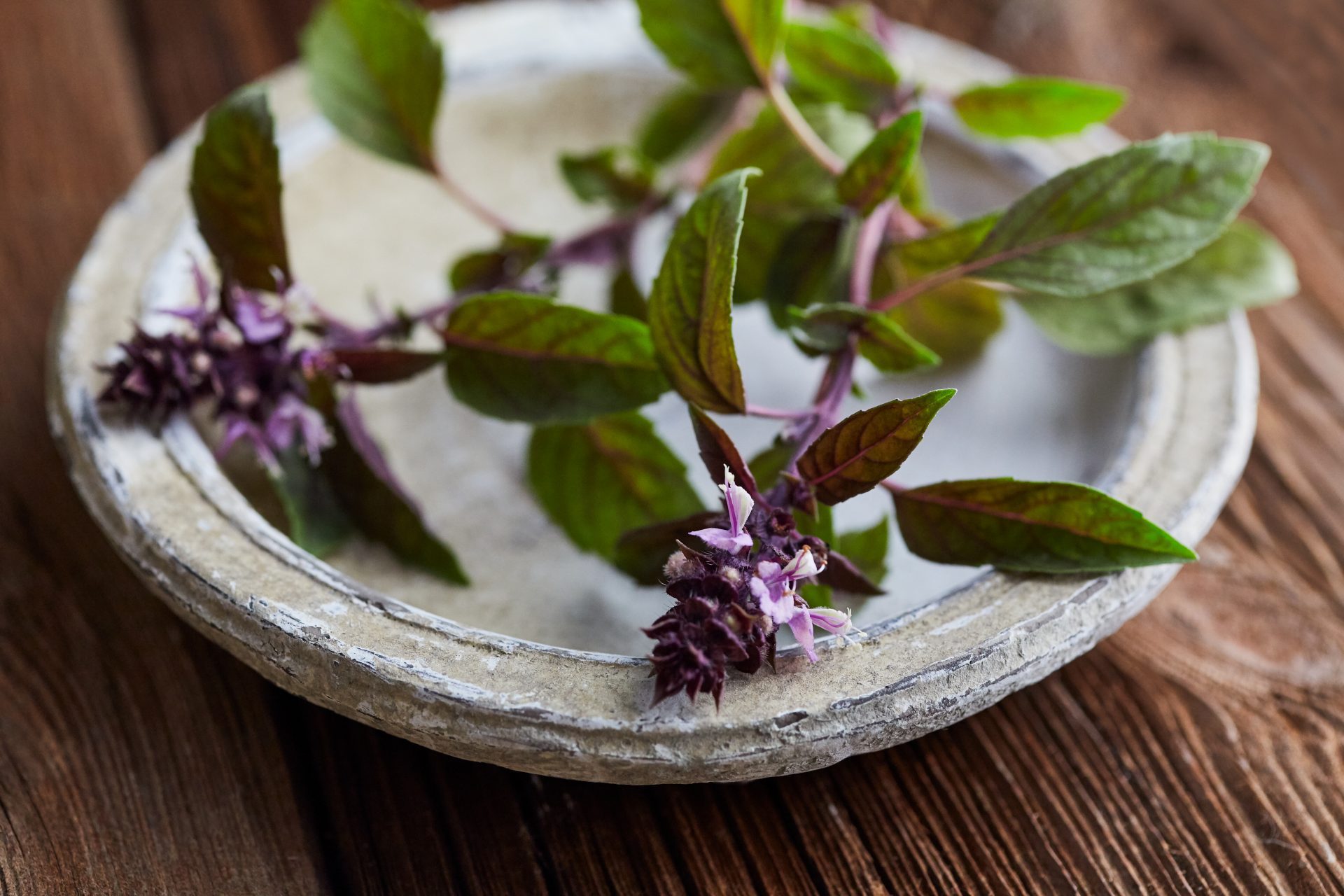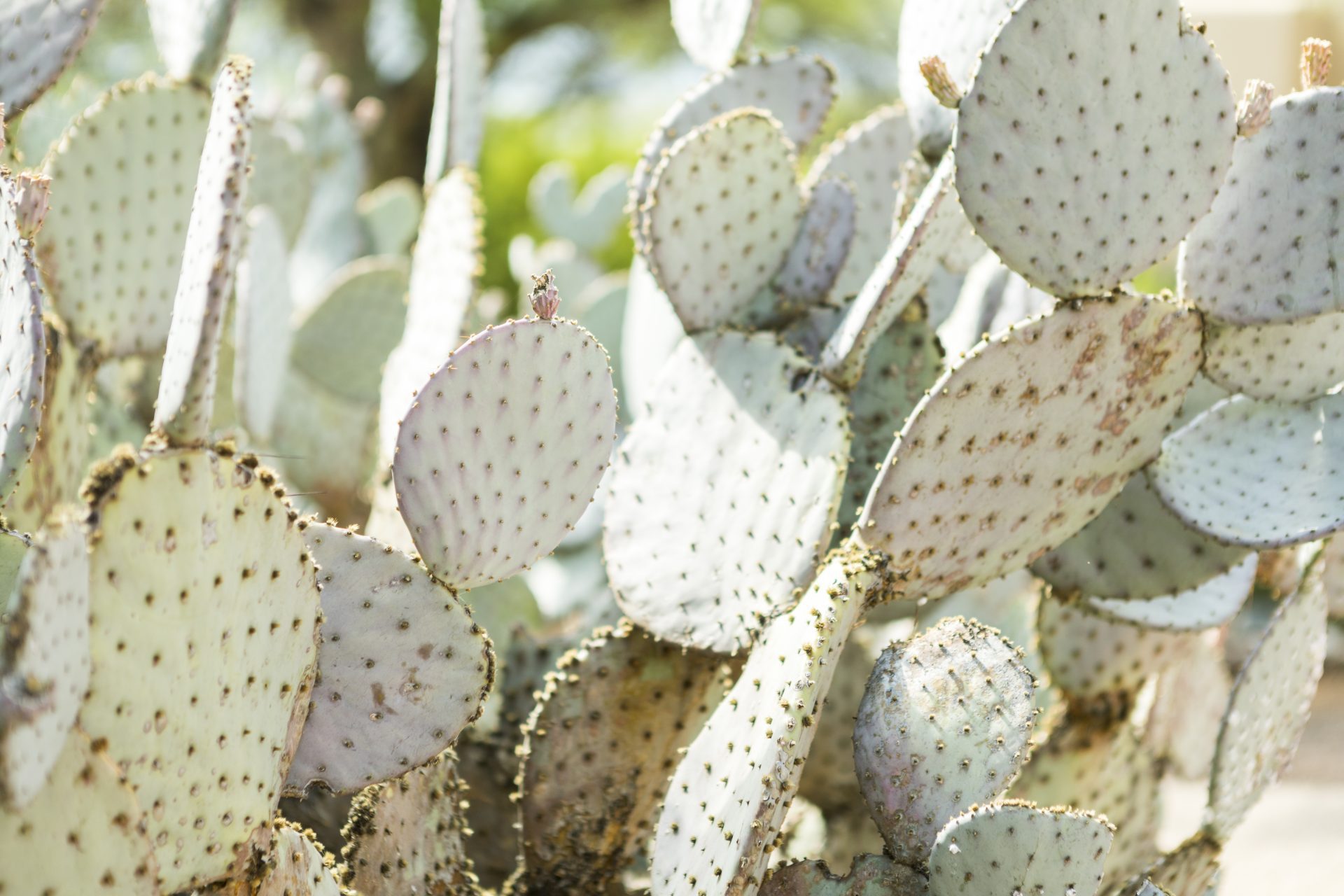9 Steps To Mastering Microgreens
By Araxe Hajian
Miraval Resorts Senior Writer Araxe Hajian shares her experience after visiting Miraval Berkshires this winter.
My teenage son has an inexplicably (and uninherited) green thumb and challenged me to keep something alive in our house this winter. In January, I managed to nurture a tiny potted plant as part of my “sit-spot” experiment from Miraval Resorts’ “Plant Your Intention” blog post. It made me confident enough to sign up for a microgreens workshop on my latest visit to Miraval Berkshires.
I walk into the workshop at Meadowview Farm greenhouse, a sage, cozy space bursting with vegetation and verve. There’s a quivering ripple of greenery responding to every vibration of sound and slant of light among the guests and Miraval guide in the enclosure.
If you’re staying longer than a couple of days, I highly recommend stopping by the greenhouse and planting some seeds on day one of your visit because you can come back at the end of your stay and see them germinating.
Depending on the variety, you can go from seeding a tray of microgreens to harvesting them in the space of a week. This is a natural delight for impatient people like me who love a good dose of immediate gratification. And proof that I could duplicate this process at home.

What are Microgreens?
Microgreens are ready-to-eat, tiny, aromatic, leafy versions of bigger, more mature greens. They are super convenient to grow—indoors, outdoors, in a greenhouse, or even on your windowsill. If you travel a lot and only have a few weeks at home, you can grow and harvest them before your next trip and not worry about who will care for your plants when you’re gone.
Sometimes they’re called vegetable confetti because they come in all different colors you can sprinkle over any meal. At one-to-three inches tall, they are somewhere between a sprout and a baby green. Unlike sprouts, you only eat the stem and leaves. Some people add them to sandwiches and salads, juice them, or blend them into smoothies.
Health Benefits
Microgreens boast a rich flavor and pack a nutritional punch. They often have larger amounts of vitamins, minerals, polyphenols, and antioxidants than their more mature counterparts (some research points to nine times higher). Using microgreens is a great way to get out of what-to-nuke-for-dinner mode and into a mindset of what-to-grow-as-garnish for a healthy meal.
When planting anything, we want to buy seeds from a reputable company and choose growing mediums (see options below) that are free of contamination with harmful bacteria such as Salmonella and E. coli.
There is, however, a type of “good” bacteria found in soil: Mycobacterium vaccae. Just by breathing in this mood-boosting microbe from the dirt, your cytokine levels can rise, resulting in higher serotonin and norepinephrine production levels. When we dig our hands into the earth, we stir up and inhale microbes that can help us feel relaxed and happier.

Sarah Duprey, Miraval Berkshires Farm, Garden, & Nature Specialist
Hands-on Help
Inside the greenhouse, you can smell the wheatgrass aroma wafting from the hand juicer on a table. Sarah Duprey, Miraval Berkshires Farm, Garden & Nature Specialist, has icy juiced samples waiting for us. Its bright green earthy glow inspires me to grow something new.
She is a horticulturist and often loses herself in the microworld of Meadowview Farm’s plants and animals—so much so that she sometimes finds herself startled by human visitors.
“I love teaching people to grow microgreens,” says Sarah, “because it’s something anyone can do at home. You can get your hands in the cycle of life, even in the middle of winter. You can smell the life coming back in spring.”
She continues, “It’s also a great way to start playing with plants when you have limited space and time. People get frustrated with gardening and hit a wall. They put a ton of effort all season long into growing that tomato plant that looked beautiful all year until it started to fruit, and then it rained for a month straight and was ruined. Microgreens, by comparison, are almost a sure thing.”
Sowing Seeds
Before we roll up our sleeves and begin the planting process, Sarah asks us about our personal connection with plants.
I share that I come from a place of high curiosity and low knowledge and take great pride in not killing my winter plant. I sheepishly confess that I’m trying to impress Teenage Son by adding edible plants to the shortlist of things I have kept alive.
My workshop classmate is a gardener who studied permaculture and sustainability. “I live in farm country,” she says, “and go to farm stands and belong to a CSA.” She pauses and adds, “I have been going through an emotional crisis in my life. I lost someone close to me last year. So, I bought seeds last year but didn’t get around to planting them.”
I have lived with grief long enough to know how hard it is to do anything when you are in the fog of loss. It helps to find micro-steps when the world feels impossibly large.
“When I saw there was a microgreens workshop,” she continues, “I felt a connection. I’m looking for something I can do close to home. I love the idea of using the land that we lived on together to grow something. Maybe I can even take it to the farmer’s market and share it with my community.”
There is something meditative and soothing about cultivating something with your bare hands. The repetitive motion and tactile sensation can help ground us. “You can feel a sense of accomplishment from breaking up a clump of dirt,” Sarah suggests. “You can work out some things nonverbally.”

A Tiny Tasting
Our next step is to immerse ourselves in this glassed-in garden. We gather around Sarah’s tray of newly sprouted greens and try to guess what each one is by snipping off sprouts, clipping it close to the soil, and tasting the whole shoot. It’s fun to identify the seedling even when it looks nothing like its fully grown version. We sample pea shoots, radishes, bok choi, and sunflower.
Curlicues of pea shoots are lovely, like a delicate art nouveau painting. “You can almost see a poached egg sitting on top of this,” my classmate notices. “It’s like a little mountain of happiness.”
It tastes just like fresh peas. Think of your favorite veggies—chard, kale, broccoli—they can all be grown as microgreens. You can even add them to this guest-favorite Miraval recipe or use them to garnish this beloved Miraval Golden Milk Smoothie with micro mint.
So, whether you get the opportunity to visit Miraval Berkshires and experience Sarah’s gardening workshops or decide to reap the benefits of sowing microgreens at home, here is a starter kit that will have you savoring homegrown greens in no time.

Here are Sarah’s suggested online shops: www.trueleafmarket.com/ | www.highmowingseeds.com/ | www.fedcoseeds.com/
9 Steps to Mastering Microgreens
- Pick a spot with moderate sunshine.
- Spread the soil out in trays and break up the clumps with your hands.
- Pack down the soil moderately with a gentle push.
- Sow your seeds. Leave about ¼ inch of space between seeds and label each section by variety. The larger the seed, the deeper you plant. Small seeds don’t need to be pressed as far down.
- Add a little soil on top and pat down gently (you want good seed to soil contact for better germination. There are little living organisms that help the seed open).
- Water once (conservatively).
- Wait 2-5 days for germination.
- Once it develops two leaves, clip and enjoy. Freeze to store.
- When soil is spent, compost or let it dry out to reuse it (add worm castings if reusing).
Alternatives to soil
Here’s a great reusable option if you’re looking for ease of harvesting. Perhaps you live on the 20th floor of an apartment building and don’t want to haul soil in or out. All you need is a reusable hydroponic jute growing pad + liquid hydroponic fertilizer. Jute is a fibrous plant that has been used to make rope and textiles for hundreds of years.
- Set up trays and label each variety.
- Wet & soak mat. Press the seeds on top and plant as you would in soil.
- Add fertilizer once seeds germinate (when you see a little rootlet emerge).
- Once greens are sprouted and harvested, remove root matter and let mat dry out between uses.
Sources
“Comparison Between the Mineral Profile and Nitrate Content of Microgreens and Mature Lettuces,” by Edgar Pinto et al., Journal of Food Composition and Analysis Volume 37, February 2015, Pages 38-43“
Identification of an Immune-Responsive Mesolimbocortical Serotonergic System: Potential Role in Regulation of Emotional Behavior,” by Christopher Lowry et al., published online on March 28, 2007 in Neuroscience.
Araxe Hajian
Araxe Hajian is a senior writer who covers wellness stories and specialist offerings at Miraval Resorts & Spas. She was associate editor and writer at Life in Balance Magazine, storyteller at the social platform MindMeet, and author of numerous articles and Miraval Resorts’ coffee-table book Miraval Mindful by Design.





















